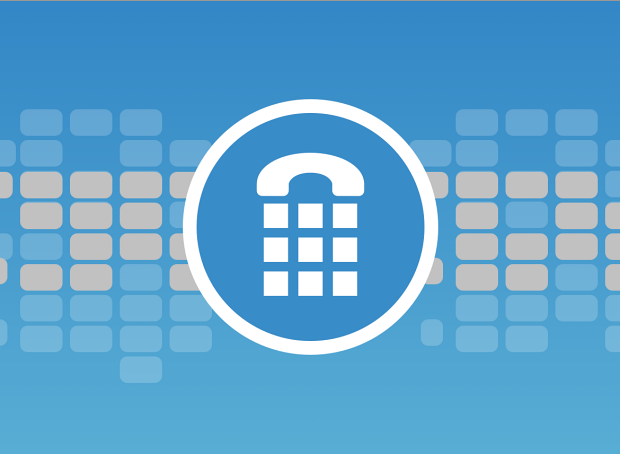Do you want to change your telecommunication service provider, but need to keep your current phone number? This process is called number portability, and defines the mechanism and procedures that allow you to switch from one phone network service provider to another in any Licensed Service Area (LSA), while maintaining your existing number.
Number portability offers customers the right to exercise their choice in selecting a service provider and, at the same time, avoid the inconvenience of being allocated a new phone number. This important facility provides the customer with freedom-of-choice and, as a result, generates competition among service providers encouraging lower tariffs, improved services and enhanced Quality of Service (QoS) of the networks.
It is important to note that the portability feature only concerns the phone number, and is not applicable to services.
In this article we focus on the complete porting process from start to finish and, at the same time, offer useful information and tips to aid in a smooth transition between service providers.
Porting differs between countries
To begin with, it should be stated that porting regulations may differ from country to country, and no global standards are in place. According to the International and European standards for example, customers wishing to initiate porting procedures must contact the new provider (the gaining carrier), which then sends the number portability request (NPR) to the current provider (the losing carrier).
However, in the UK and India, a customer has to contact the losing carrier first to initiate the porting process. It should also be mentioned that EU countries, the U.S. and Canada have established favorable conditions for an efficient and effective porting process.
Porting processes under coded names – MNP, LNP and FMNP
It should be noted that there are three types of number portability – mobile number portability (MNP), local number portability (LNP) and full mobile number portability (FMNP). LNP refers to local fixed lines, MNP and FNMP to mobile phone lines, and all of them indicate the ability to reassign the number to another carrier, move it to another location (so-called “geographic portability”), or change the type of service for the customer of record of an existing fixed-line or mobile phone number allocated by a local exchange carrier.
Frequently there are restrictions to transferability concerning geography, service area coverage, and technology. Rules governing such number portability requirements are also country specific, where regulatory institutions as well as the telecom industries are involved in agreeing upon and implementing a workable system.
The only countries that offer full number portability between fixed and mobile phone lines are Canada, the U.S. and South Africa. This is due to the fact that mobile and fixed line numbers in these countries are mixed in the same area codes and are billed identically for the calling party.
Documentation required for the number porting process
When contacting the gaining carrier, it is advisable to have a letter of authorization (LOA) prepared – a legal document where the executing party makes certain statements to a service provider about their authorization to switch (or port) services and telephone numbers from one provider to another.
The LOA may be a paper document with an actual signature, or a file generated by a variety of electronic methods. It is not always compulsory to include an LOA when initially submitting a porting request, but it should be provided on demand. The importance of an LOA is to ensure that moving of telephone numbers between carriers is only processed with the authorized permission of the end user.
Other documentary proof that may be required by the gaining carrier includes a completed porting application form, a copy of the last bill paid (if you are a postpaid subscriber), and an invoice that includes the account number and other billing details.
Customer service records facilitate the work
Upon receipt of the porting request, the gaining carrier informs the losing provider to enable the change. Thus, the number transfer process is initiated, changes are made to the central database, and the required notifications for the gaining provider and telecom operator are issued.
Regardless of the fact that most numbers are portable, and, in most cases, the porting procedure is processed smoothly, there are some common reasons why a porting request may be rejected. The most effective method to prevent the porting request from being rejected is to ensure that the submitted information matches the data on file at the losing carrier.
It is useful to know that Customer Service Records (CSR), which may be obtained in advance from the current service provider, contain important information about the customer, list all the telephone numbers and services belonging to that customer, and include information that may significantly contribute to the success of the porting procedure.
Eligibility criteria for successful porting
The losing carrier may reject the porting request if the customer fails to comply with the following eligibility criteria (dependent on local regulations and service provider rules):
- The porting application is within the Licensed Service Area (LSA);
- The customer has no outstanding bills with the losing provider;
- A period of 90 days must have elapsed since the last porting;
- The prepaid customer must clear all credit services from the losing provider;
- The number to be ported has to be active;
- Advanced call control features are disabled;
- There should be no existing requests for change of number ownership;
- The number should not be disabled or deactivated at the time of porting;
- There is no number porting prohibition or ban by any Court of Law.
Cancellation of porting request
The number porting process generally takes 7-14 business days, but in rare cases may take up to 30 days, depending on the current service provider. With regards to port activation, the process takes about 2 hours to complete. There are no additional arrangements to be made with respect to the previous service, since that service will be automatically terminated once the porting process is successfully completed and the ported numbers appear on the records of the new service provider.
If the customer has a change of mind, then the porting request may be cancelled, generally within a maximum period of 24 hours after the initiation of such a porting request. Once the porting date has been scheduled and the automated porting process started, it is no longer possible to process a cancellation.







